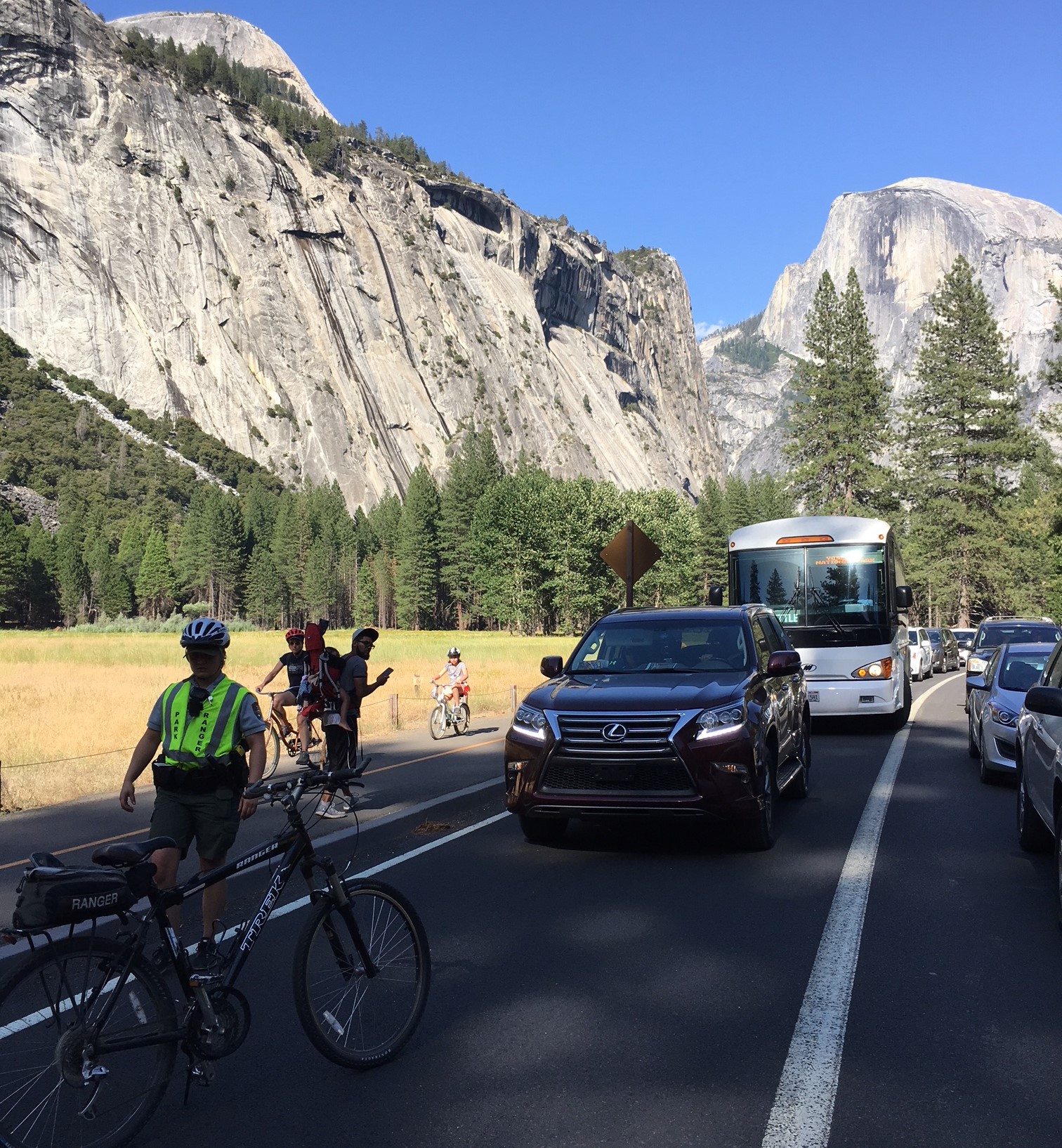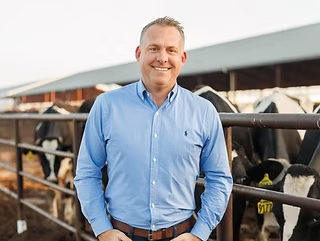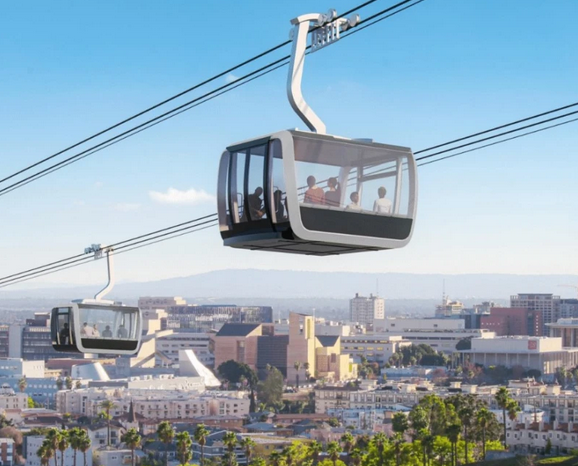I can't claim to be an expert on how Yosemite National Park can best manage its frustrating car traffic congestion. I visited there last week, and figured I'd try to facilitate some discussion of Yosemite Valley traffic issues.
Up front, let me say that "too much traffic" is in many ways a good problem to have. Yosemite's car congestion is a sign that the park is wonderful, popular, and accessible to lots of people. My family had a great time - thanks to the natural beauty of the place, and to the hard work of the people working there.
As Louis Sahagun wrote last year in the Los Angeles Times, tourists who expect "serene walks along trails where pine trees threw shadows across streams and picturesque meadows teem[ing] with wildlife" are shocked to find "diesel smoke, honking horns and miles-long processions of buses and cars."
The National Park Service website's page dedicated to Yosemite car traffic encourages visitors to expect "extended traffic delays" including "delays of an hour or more at entrance stations and up to two to three hours in Yosemite Valley." The NPS recommendations include: arrive before 9 a.m., park once, and take the bus within the park.
NPS runs valley circulators and even bus service into the park. A round-trip bus trip from Fresno costs $30 per person, which, for a family or even a couple, really can't compete with the $35 price for a carload of people. It seems to me that if a bus is going to be anything near competitive with driving, it would need to very inexpensive (perhaps a tenth of that cost - $3) or maybe free.
Car parking is free.
Yosemite's in-Valley circulator bus is free. Unfortunately, it is so well-used (or under-capacity) to the point that, at the main popular trailhead (Happy Isles), people line up and have to wait for multiple full buses before being able to board.
To its credit, Yosemite has made some efforts to not just cater to cars.
There are bike paths and bike rental. Parking is limited, and, once you're there, it is generally more convenient to walk. There are a couple of well-placed roundabouts that manage traffic fairly well.
Just this summer, Yosemite re-opened the Mariposa Grove of giant Sequoia trees. Visitors cannot drive to Mariposa Grove, but must park outside and ride a free shuttle.
A few years ago, the park retooled two-way roads in the valley to be a one-way loop with one lane for cars and one lane for buses.
While my family and I were in our car, undergoing our hour-long wait to drive out of the Yosemite Valley, I was heartened to see that the park is at least enforcing its bus-only lanes. Los Angeles, where we live, has bus-only lanes, but, for the most part, they are less than wholly effective, in part because police do not enforce them against scofflaw drivers.
We watched two cars whiz past in the bus-only lane. They stopped, seemingly for no reason. As we inched forward, we saw a law enforcement bicycle parked in front of the scofflaws, the park ranger writing tickets (photo above). I was happy to see this, though it still caused delay for the circulator bus behind the scofflaws. Due to one person in one car blocking the bus-only lane, 40+persons in the bus had to wait as it slowly merged into the barely-moving car lane that we were in.
What can be done to better manage Yosemite's five million plus annual visitors?
Again, I haven't studied this - but I have a few ideas.
- Parking: The Shoupista in me says to start by charging something for parking. It probably wouldn't need to be prohibitively expensive to make an impact. A modest increase to the cost of accessing by car would start to incentivize other modes. Charging a few dollars a day would also mean millions of dollars in annual revenue. As Shoup recommends, parking revenue could be used to fund/subsidize improvements such as bus service, Amtrak/Greyhound connections, bike facilities, bike-share, even parking meters. Charging more would make the park further out of reach to low-income folks, so some parking meter revenue should be used to foster equity, such as funding transit-to-trails programs for Central Valley families.
- Congestion Pricing: Some sort of congestion pricing might be in order. Park management costs are higher (and visitor's negative experiences with congestion are worse) at certain peak times - i.e.: Summer weekends. Charging more at these peaks could manage demand and could generate funds for the programs noted above.
Maybe, over time, investing in alternatives can get the park to place where car access would be limited to certain areas. This has been proposed for the Yosemite Valley, but met with a great deal of resistance.
Other National Parks - Zion, Denali - restrict private vehicle access, keeping cars out of specific areas. These parks are not quite as popular as Yosemite, but they are very popular - and they are success stories that show transit/shuttles can serve popular sites very efficiently. These circulation changes improved the visitor experience, and preserved wonderful wilderness areas. Initially these car limitations were resisted, but, managed well, people have come to accept them and even to welcome their efficiency.
The balance is not easy to strike. Popular National Parks need to serve lots of people - including low-income folks. They need to preserve the environment. Charging more for cars can be seen as limiting and possibly interpreted as elitist, though, when managed well, transit and bicycling can improve access for all - by using space more efficiently. Getting beyond private car access has the potential to serve more people at the same or overall lower costs.
Readers - what do you think? How can Yosemite manage its soul-crushing car congestion?






